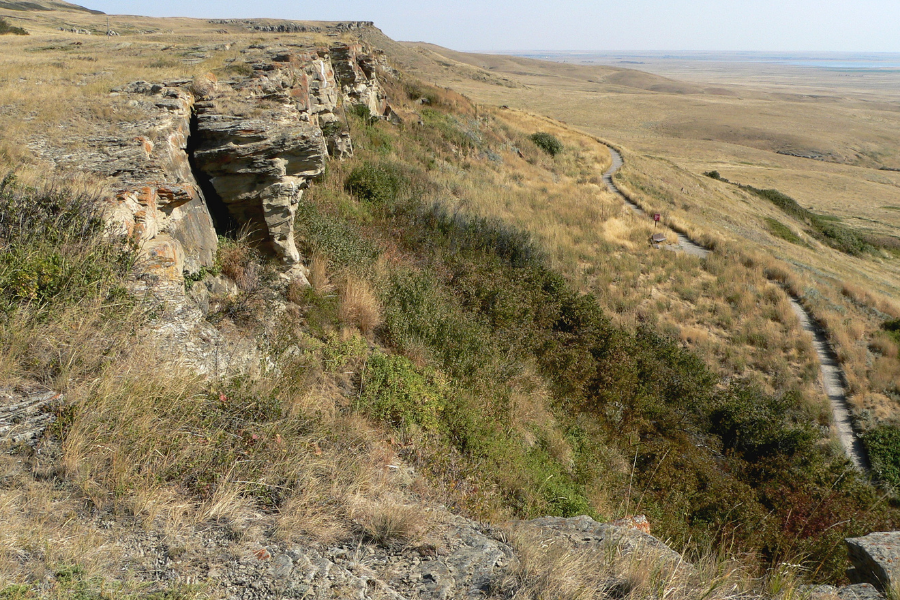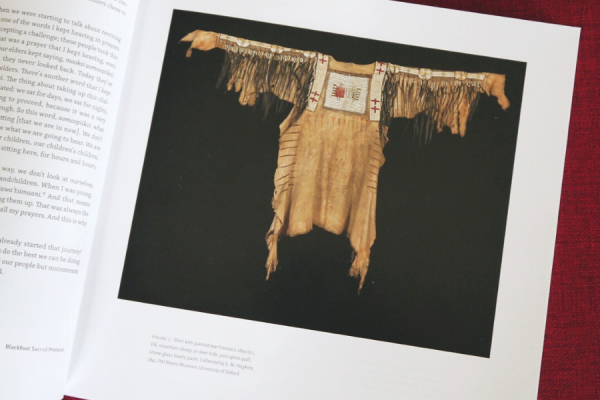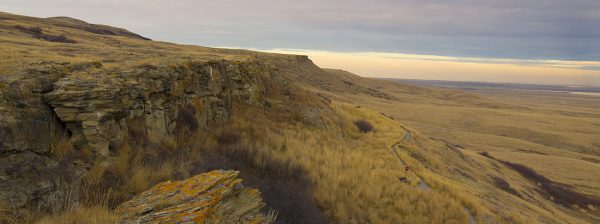The Canadian Archaeological Association is meeting this week for their annual conference and AU Press is delighted to be in attendance. This year’s conference is a hybrid model and the in-person portion takes place here in Edmonton (we recommend popping over to the Stanley Milner Library on your breaks and grabbing something to drink at Woodwork in the evening). We’re bringing a table of books for you to browse, but if you’re attending virtually, we’ve put together a little bookshelf for you below. Use the code AUP20 at the checkout for 20% off these books (code expires 31 May 2022)!
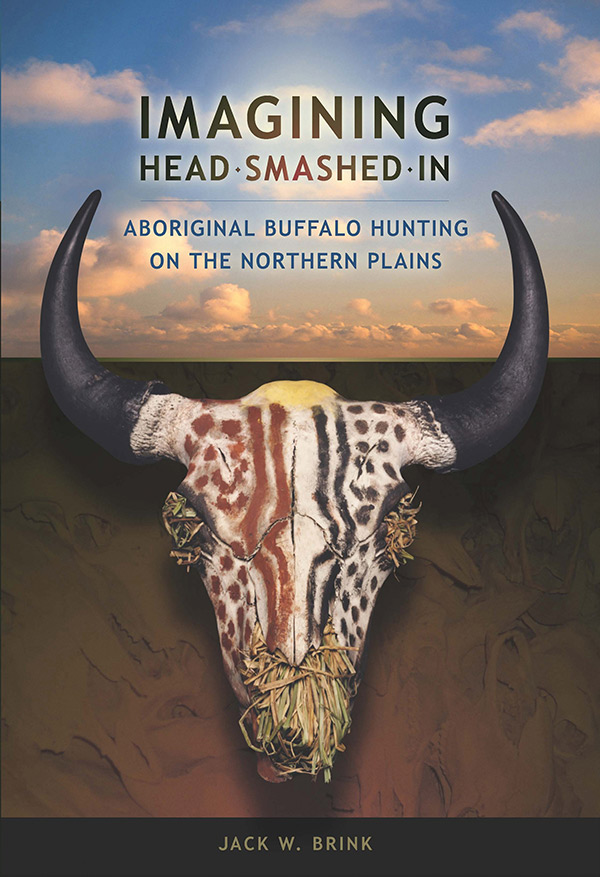
Imagining Head-Smashed-In: Aboriginal Buffalo Hunting on the Northern Plains by Jack W. Brink
On Friday morning, there will be a special session entitled “Archaeology on the Brink” dedicated to Jack Brink’s career. Brink devoted twenty-five years of his career to Head-Smashed-In and the result is Imagining Head-Smashed-In, an incredible, fully illustrated book. The book covers everything you might want to know about the site as well as the excavation and the development of the Head-Smashed-In Buffalo Jump Interpretive Centre. Brink’s masterful blend of scholarship and public appeal is rare in any discipline, but especially in North American pre-contact archaeology.
![[book cover] Alberta's Lower Athabasca Basin](https://www.aupress.ca/app/uploads/120207_Albertas-Lower-Athabasca-Basin-cover.jpg)
Alberta’s Lower Athabasca Basin: Archaeology and Palaeoenvironments edited by Brian M. Ronaghan
“Numerous scholars authored more than a dozen intensely focused papers, but the volume’s introduction and organization—as well as limited but effective repetition of parts of the overall narrative in individual papers—ensure that a cogent story emerges out of a wide-ranging discussion of events spanning 10,000 years. […] An example of the excellent topical publishing tradition apparent in Canadian universities. This volume may appeal to an overwhelmingly academic audience that is mostly resident in North America, but it will certainly do so for decades to come.” —Center for Great Plains Studies
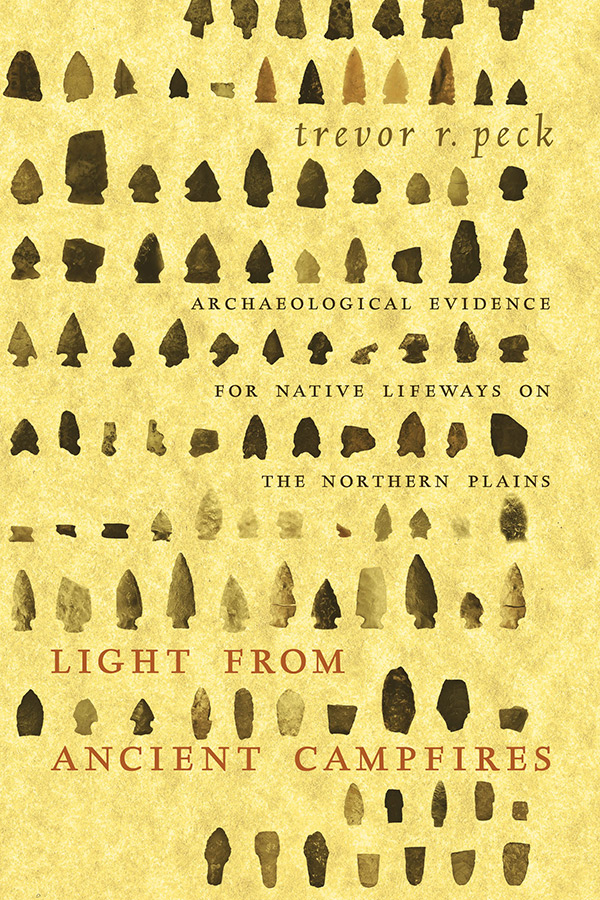
Light from Ancient Campfires: Archaeological Evidence for Native Lifeways on the Northern Plains by Trevor R. Peck
“Being bolstered with new facts and ideas, [Light from Ancient Campfires] fills blanks, offers new conceptions, and prompts much thought. Although there may be differing opinions on whether it would make good bed-time reading, there is no doubt in my mind that it will be a catalyst for new problem-based research. It should be a standard reference for any archaeologist working in Alberta, indeed in the Northern Plains.” — Ian Dyck, Canadian Museum of Civilization
![[book cover] Living on the Land](https://www.aupress.ca/app/uploads/120256_Living-on-the-Land-cover.jpg)
Living on the Land: Indigenous Women’s Understanding of Place edited by Nathalie Kermoal and Isabel Altamirano-Jiménez
Living on the Land examines how patriarchy, gender, and colonialism have shaped the experiences of Indigenous women as both knowers and producers of knowledge. From a variety of methodological perspectives, contributors to the volume explore the nature and scope of Indigenous women’s knowledge, its rootedness in relationships both human and spiritual, and its inseparability from land and landscape. From the reconstruction of cultural and ecological heritage by Naskapi women in Québec to the medical expertise of Métis women in western Canada to the mapping and securing of land rights in Nicaragua, Living on the Land focuses on the integral role of women as stewards of the land and governors of the community.
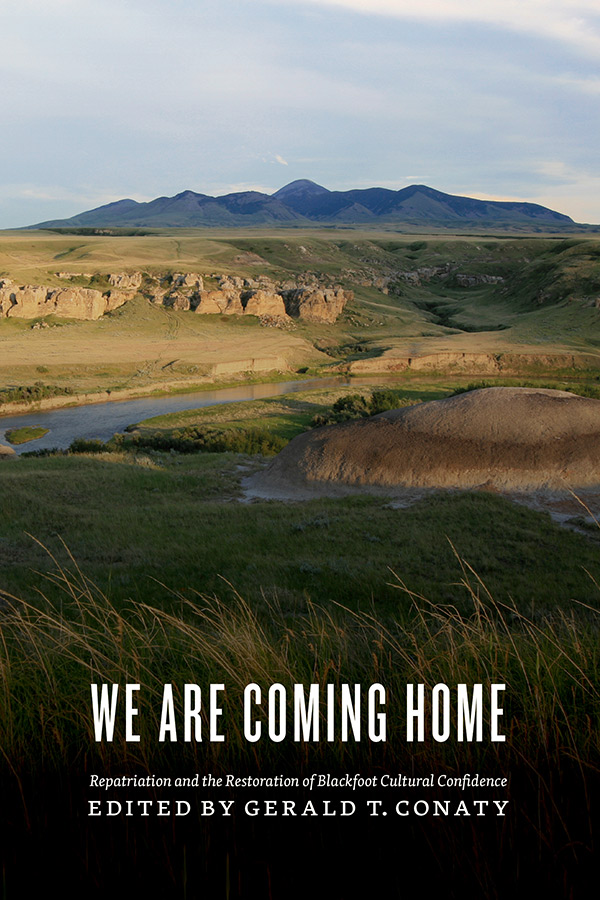
We Are Coming Home: Repatriation and the Restoration of Blackfoot Cultural Confidence edited by Gerald T. Conaty
We Are Coming Home is the story of the highly complex process of repatriation as described by those intimately involved in the work, notably the Piikani, Siksika, and Kainai elders who provided essential oversight and guidance. We also hear from the Glenbow Museum’s president and CEO at the time and from an archaeologist then employed at the Provincial Museum of Alberta who provides an insider’s view of the drafting of the First Nations Sacred Ceremonial Objects Repatriation Act. These accounts are framed by Gerald Conaty’s reflections on the impact of museums on First Nations, on the history and culture of the Niitsitapi, or Blackfoot, and on the path forward.
Feature image by Ken Thomas.
